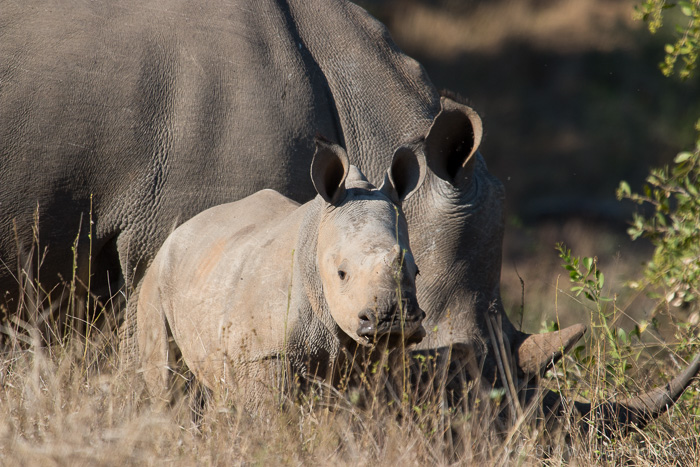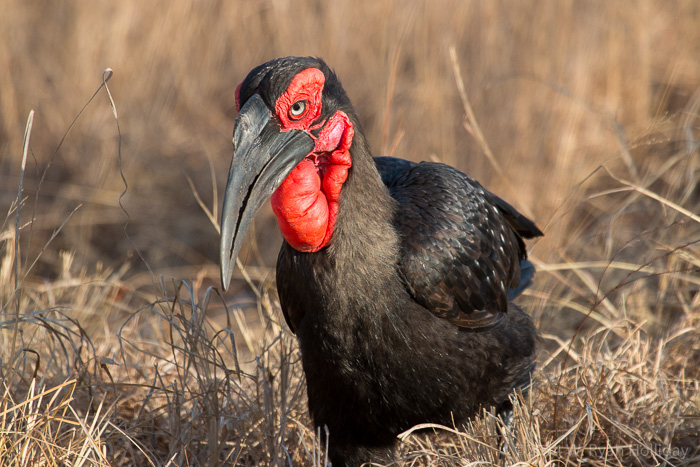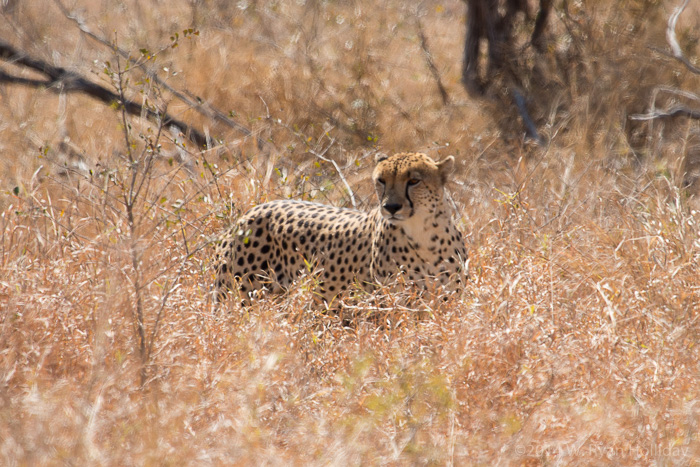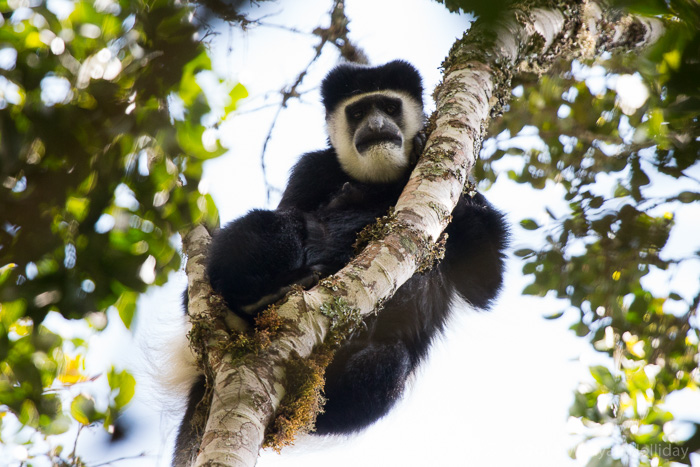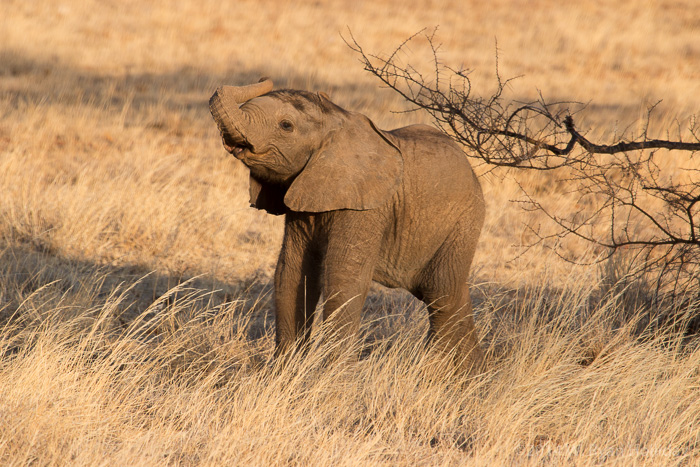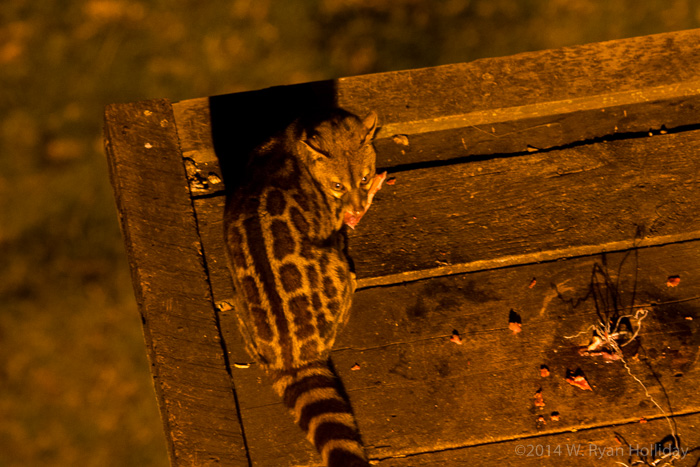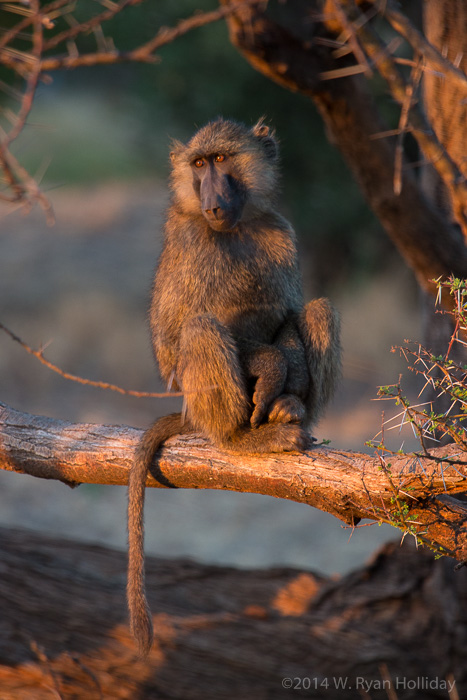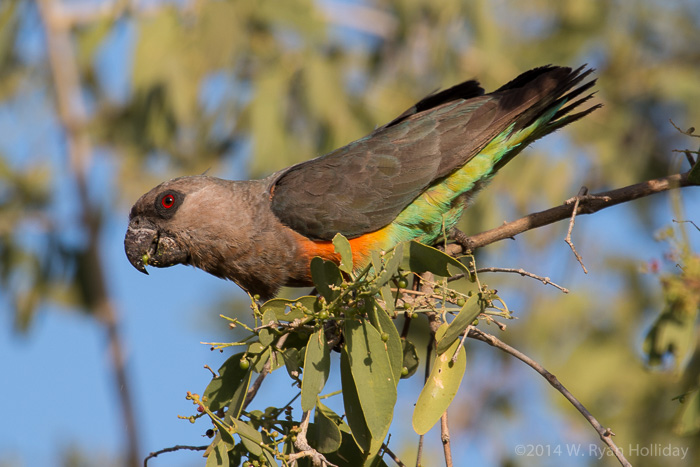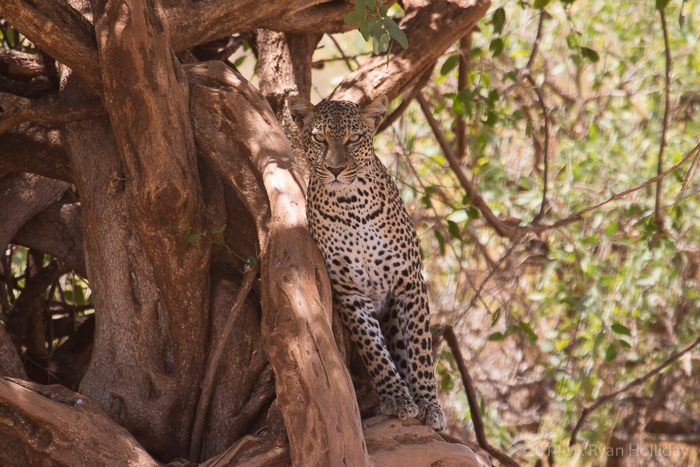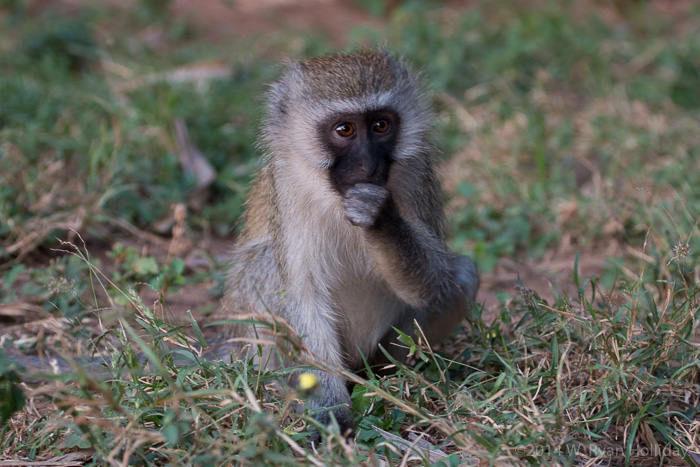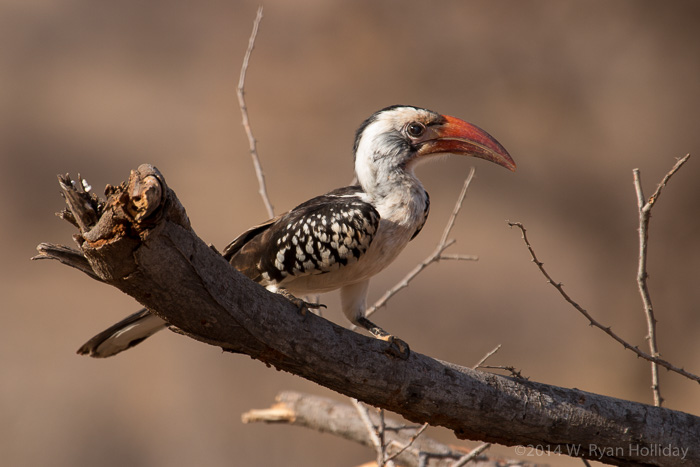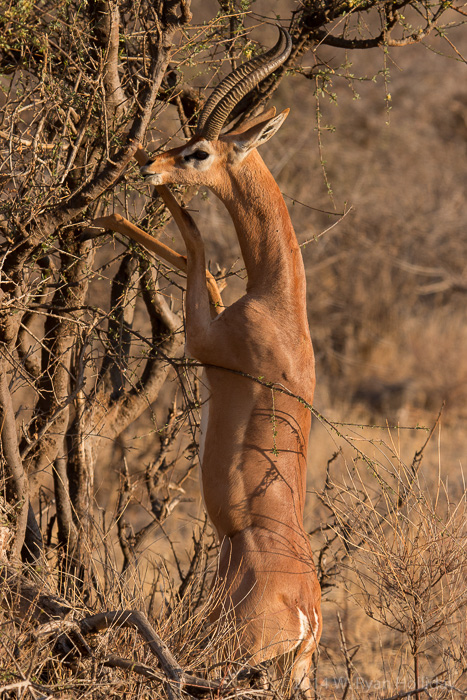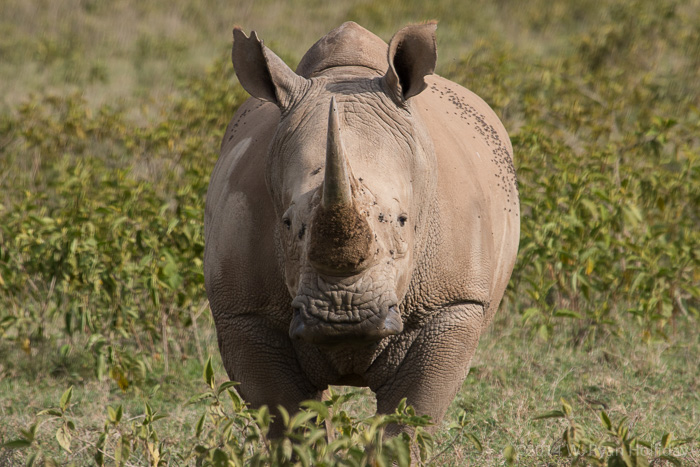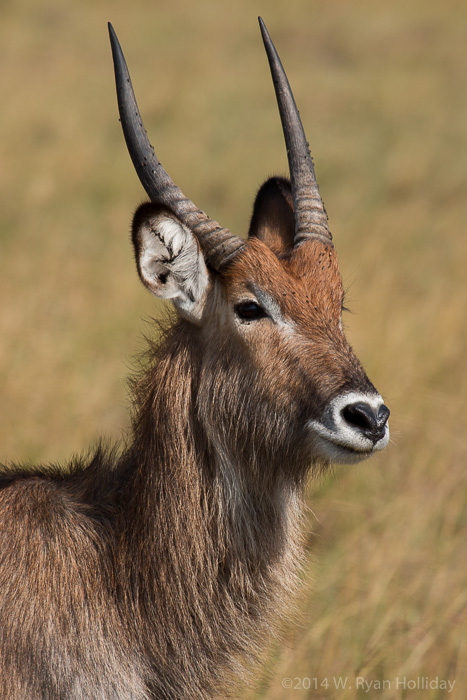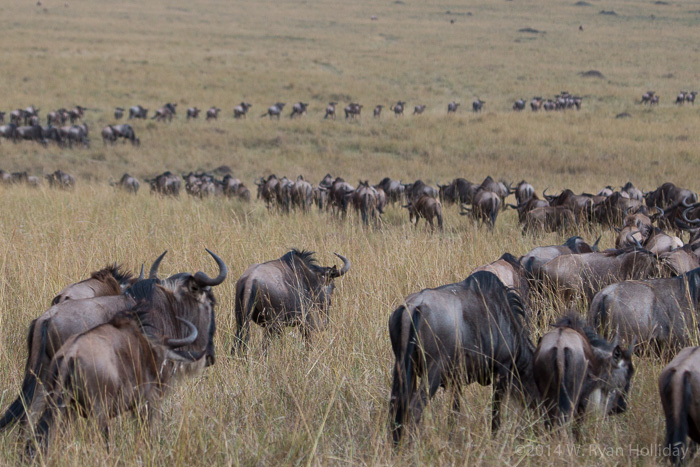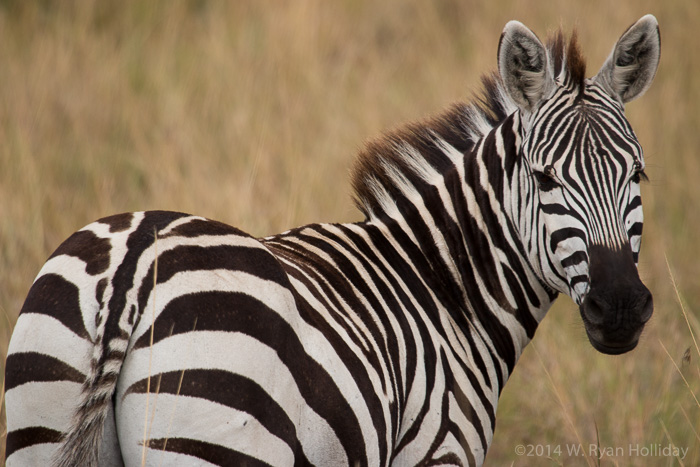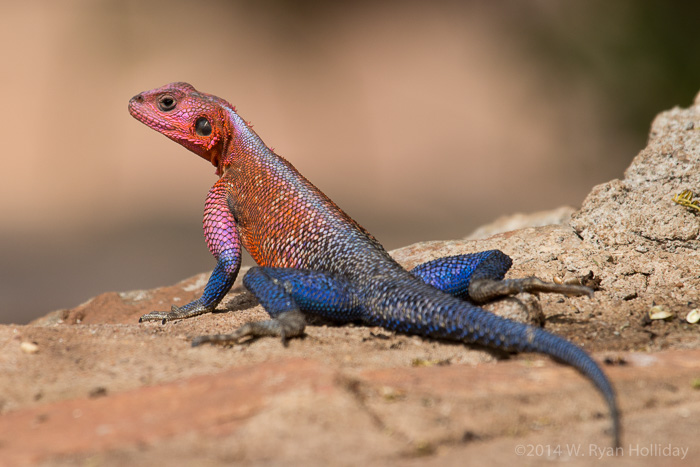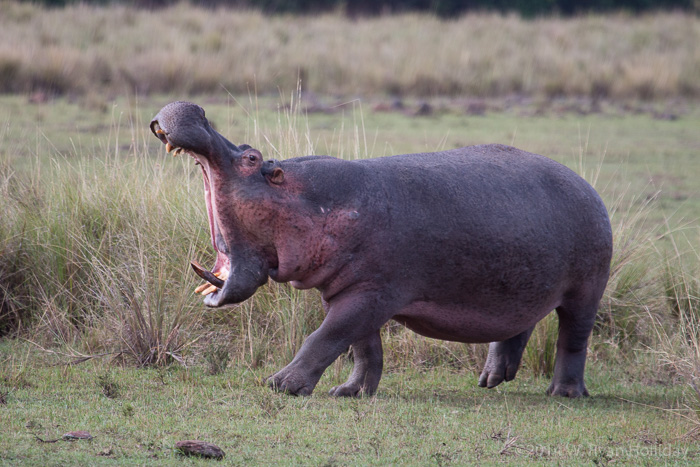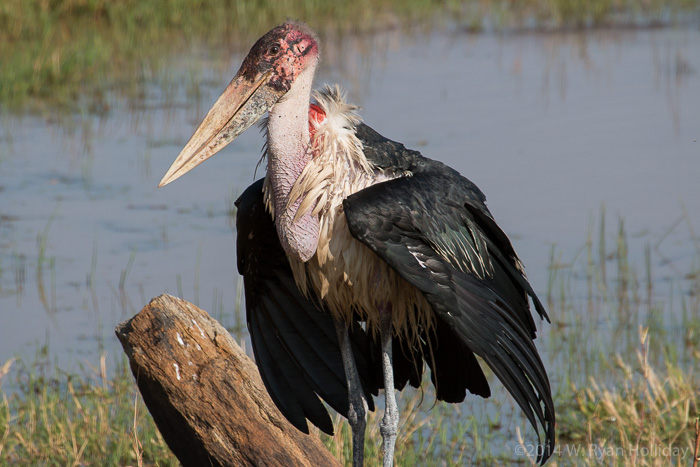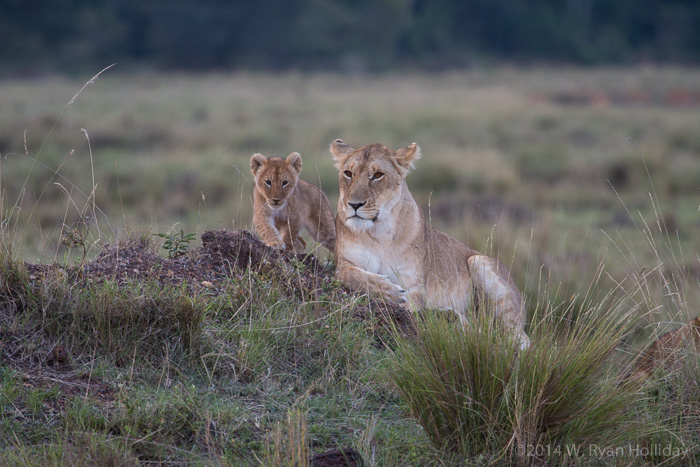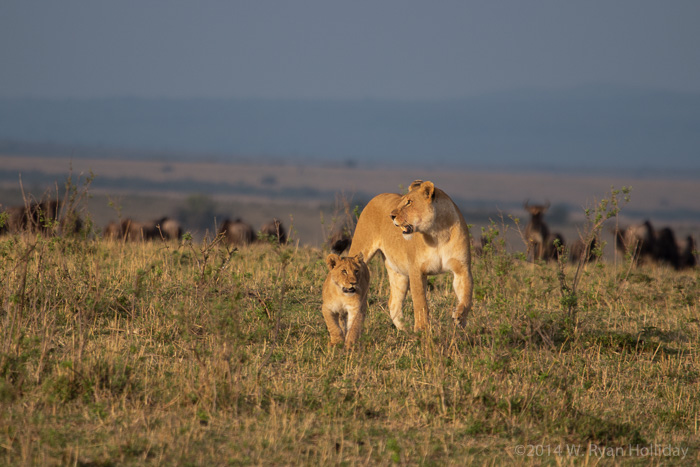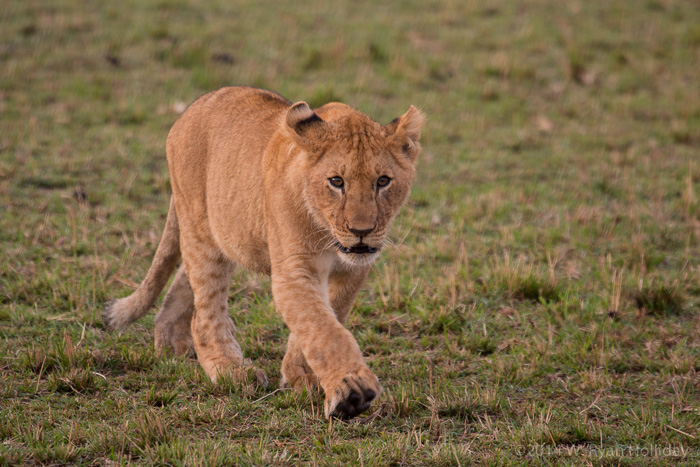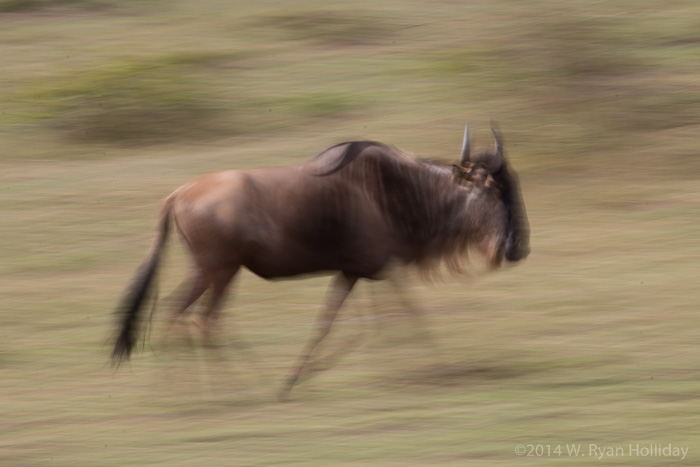For about ten minutes today, until they wandered back into the bush, rhinos outnumbered people in my immediate vicinity by two-to-one. There was much awesomeness, and I remain a big fan of the low-traffic dirt roads in this park.
Today’s project was a big loop around the southern third of the park. There were no elephant roadblocks along the route, although the biggest herd of cape buffalo I’ve yet encountered stalled traffic for a few minutes – somehow a traffic jam caused by two hundred giant buffalo isn’t annoying like those experienced back home. Later in the day, because I’m a fan of cliches, I dug the headphones out of my bag and put Paul Simon’s Graceland album on repeat, and revelled in the joy of being alive as the music played and I waved at wildlife.
I’ve got three nights scheduled at a private reserve outside of the park starting tomorrow, but am a bit confused about how best to reach the place – while trying to plot a route from a park gate north of here Google maps indicated that one twelve mile stretch of “road” would take an hour and a half to traverse, so I’m thinking it might be prudent to avoid that route and instead try to get there from the main roads outside of the park. The plan (at the moment) is thus to do a small loop in the park, and then leave by ten in order to (hopefully) arrive at the reserve in time for an evening game drive. Wish me luck.
